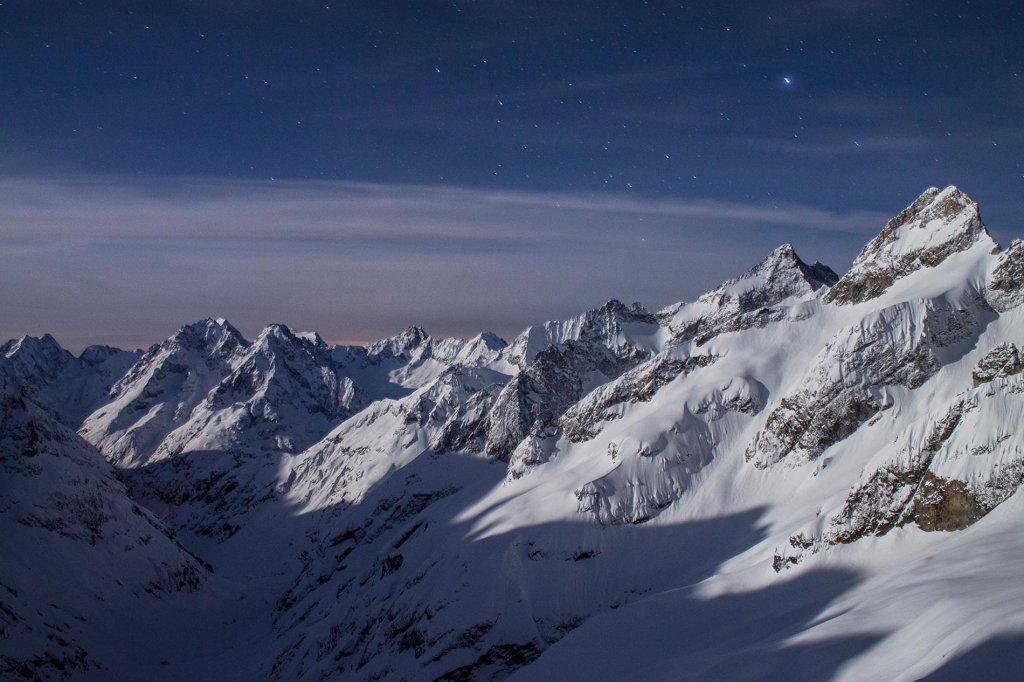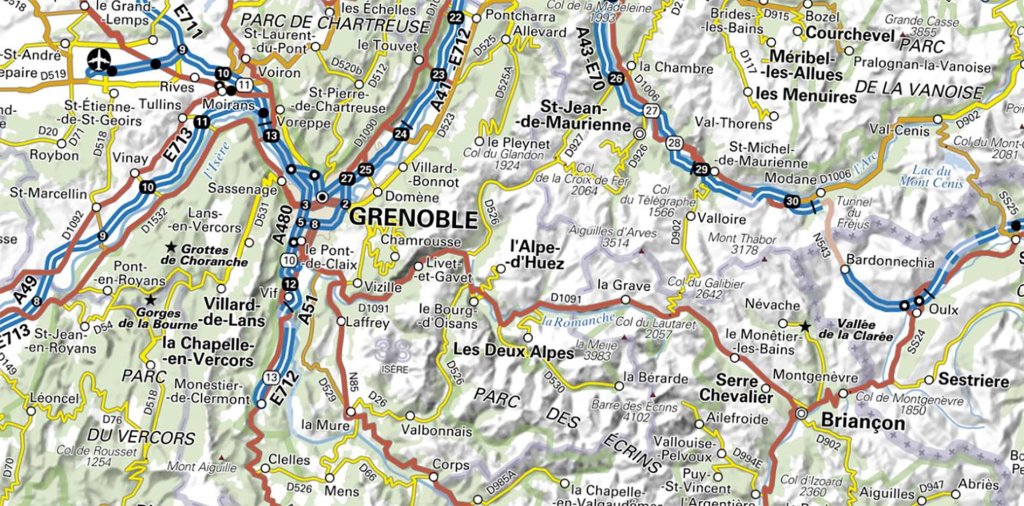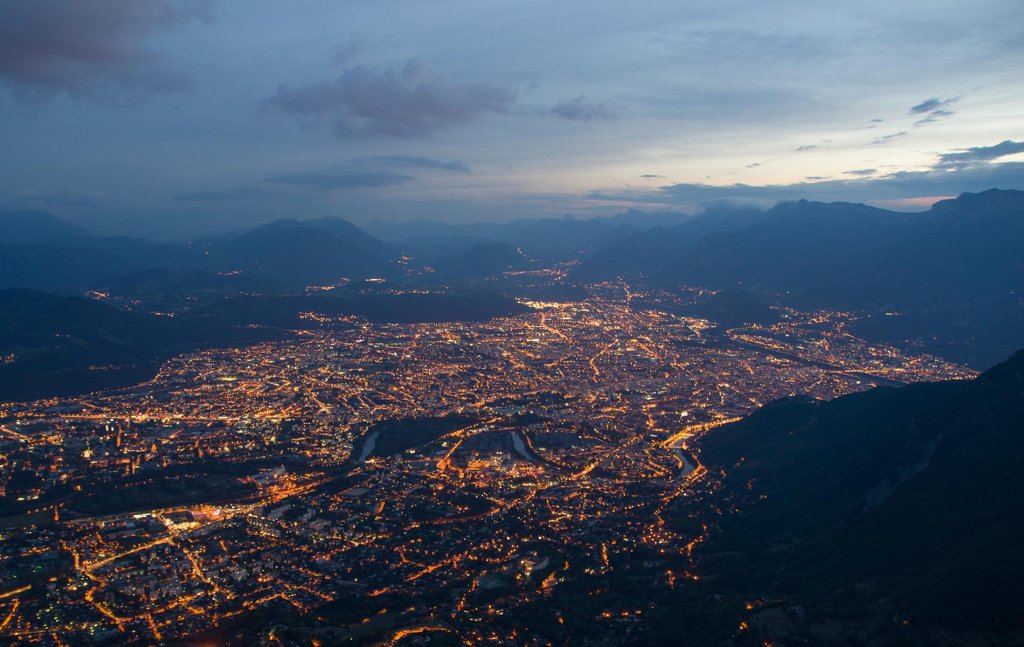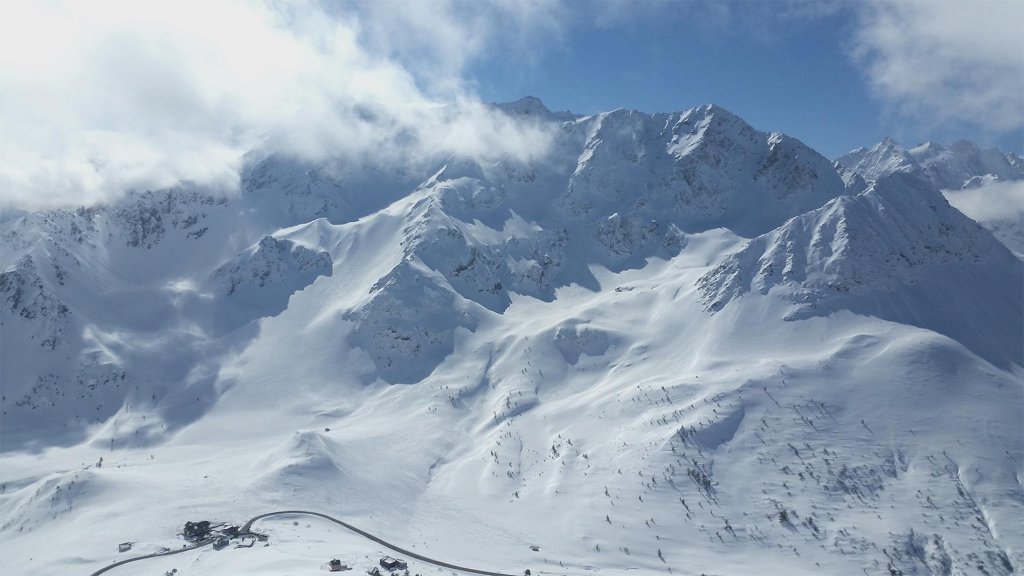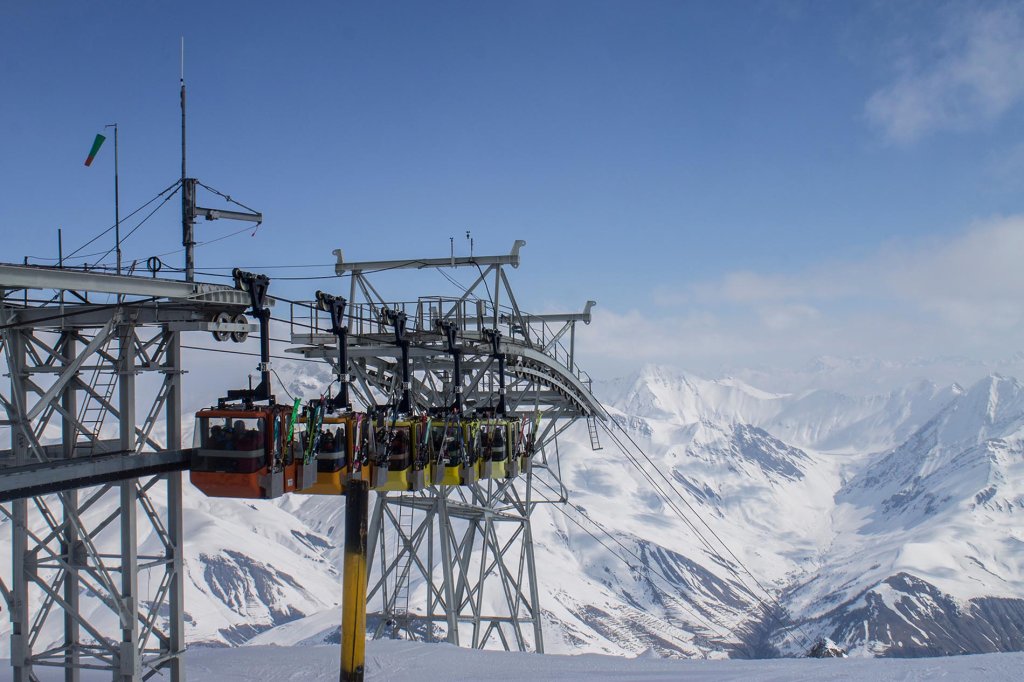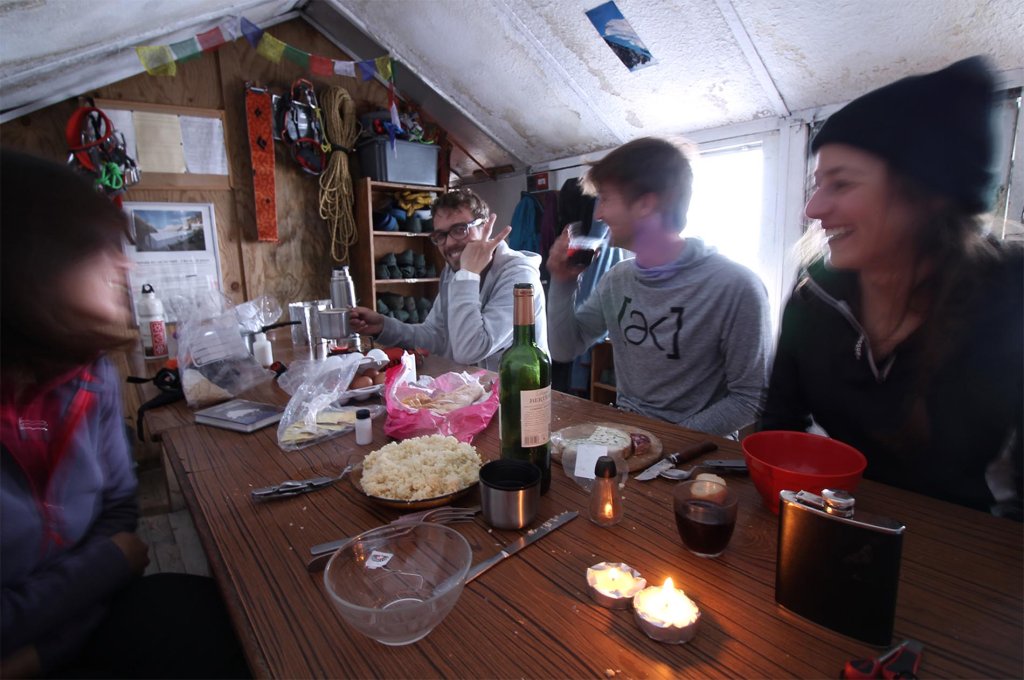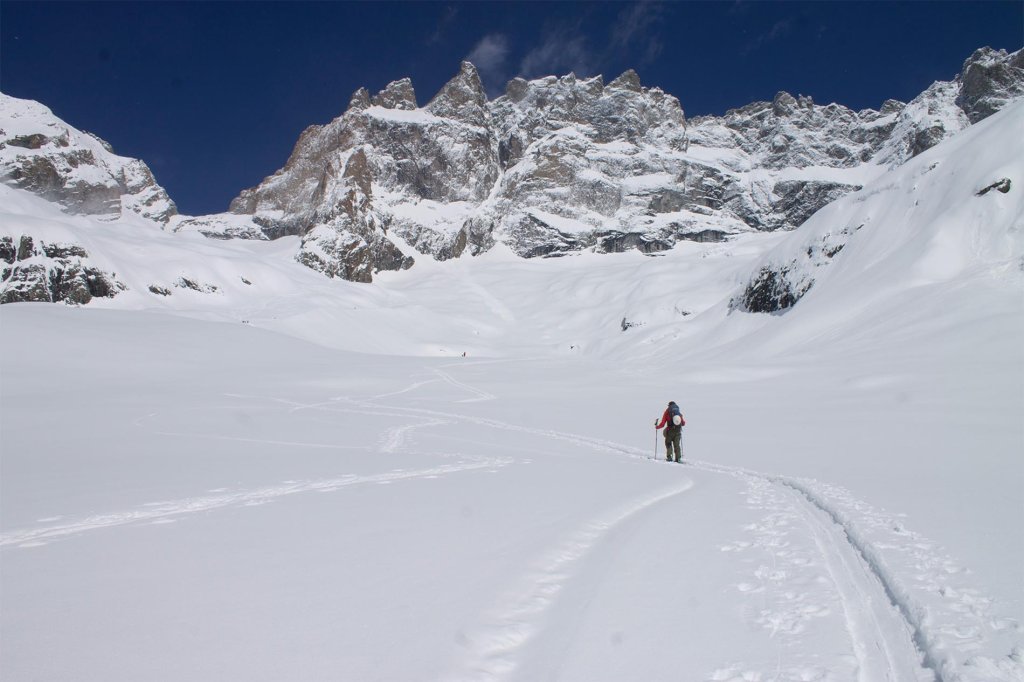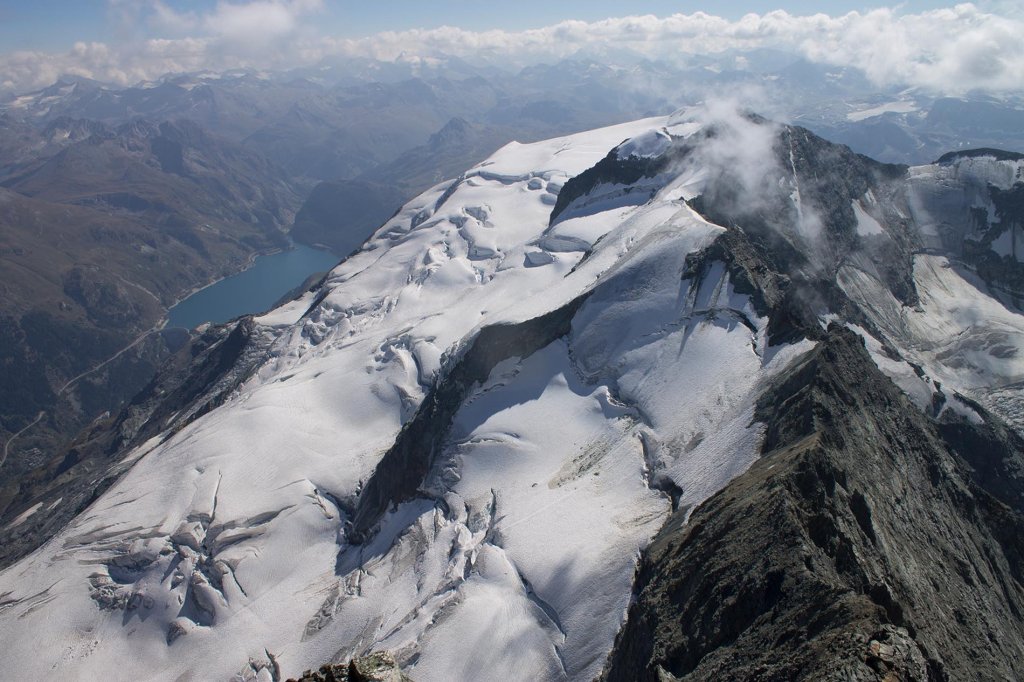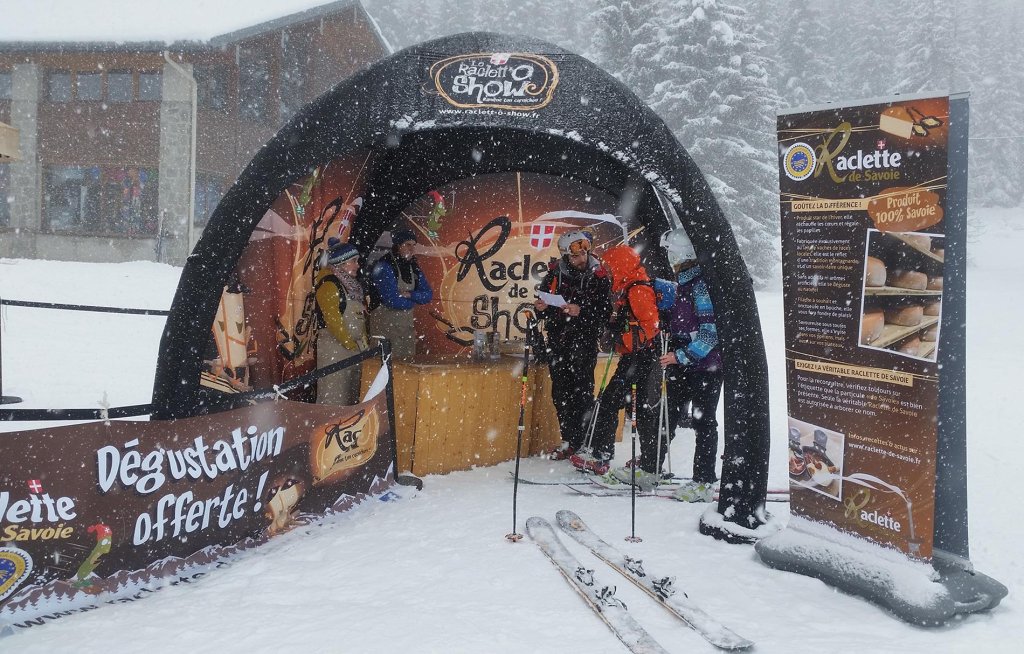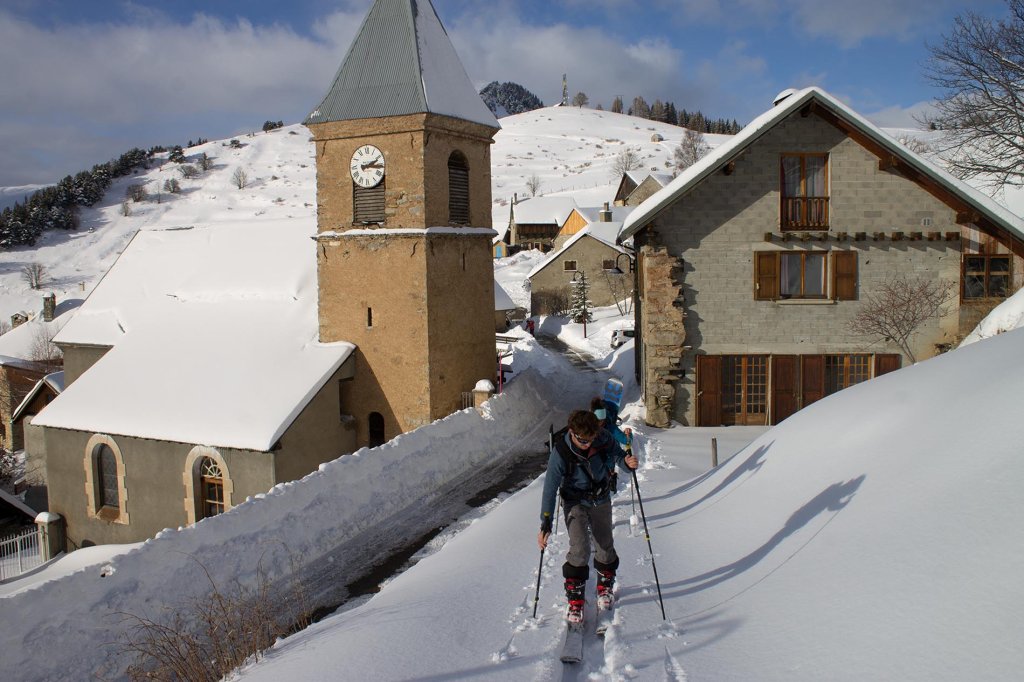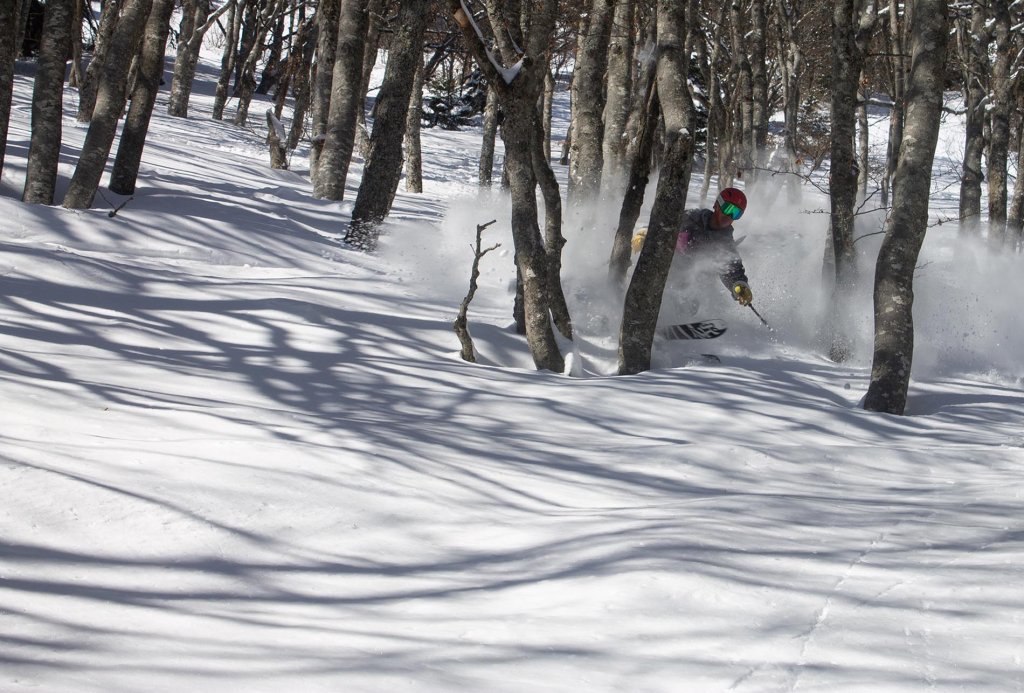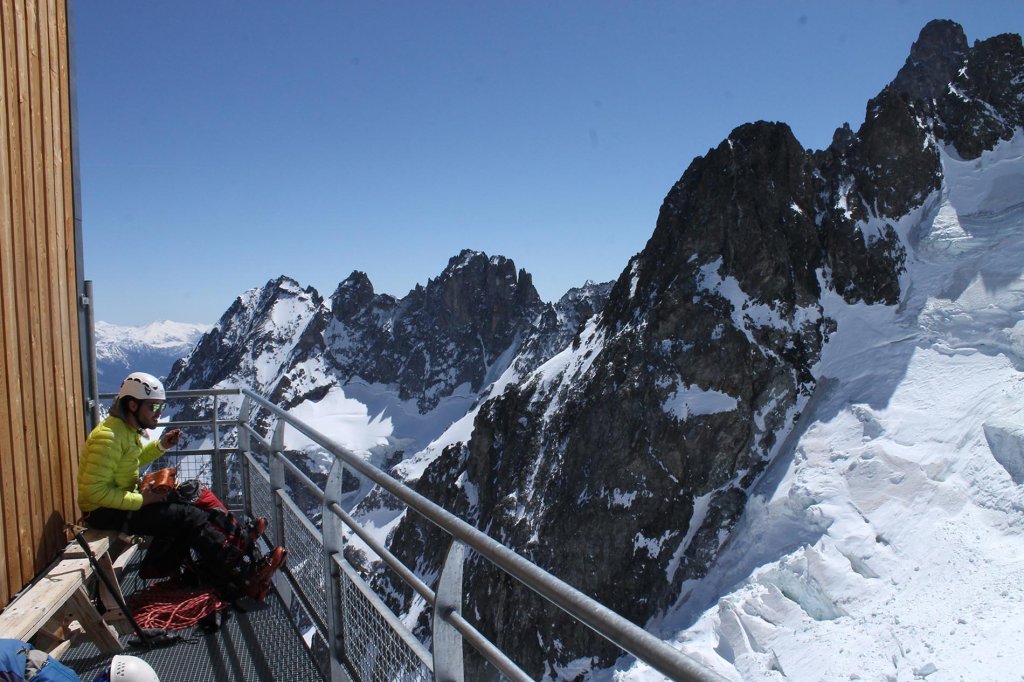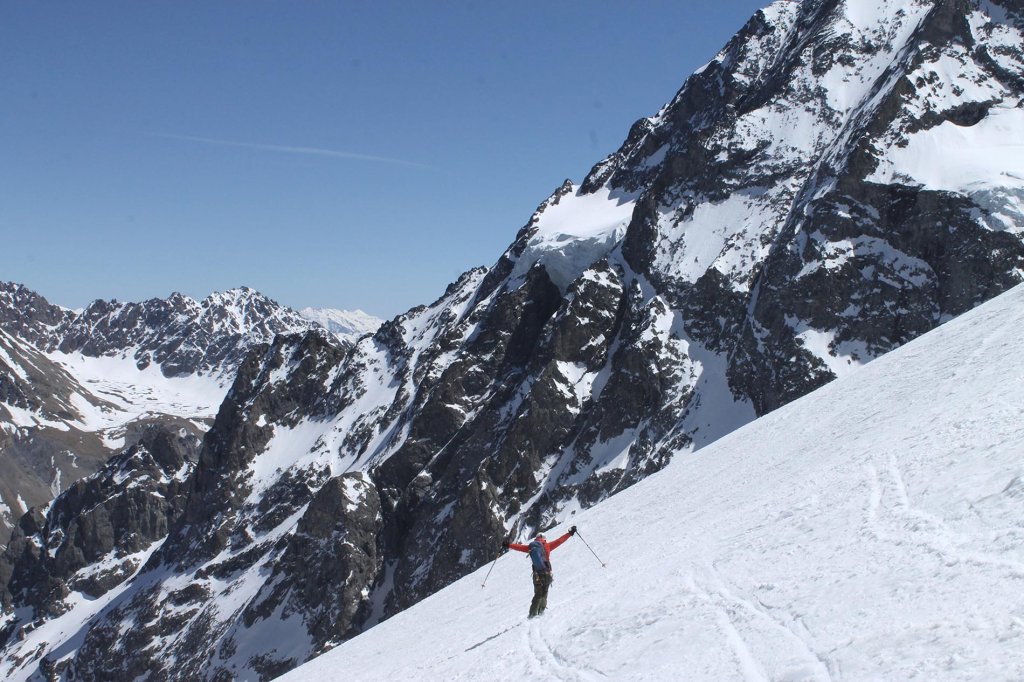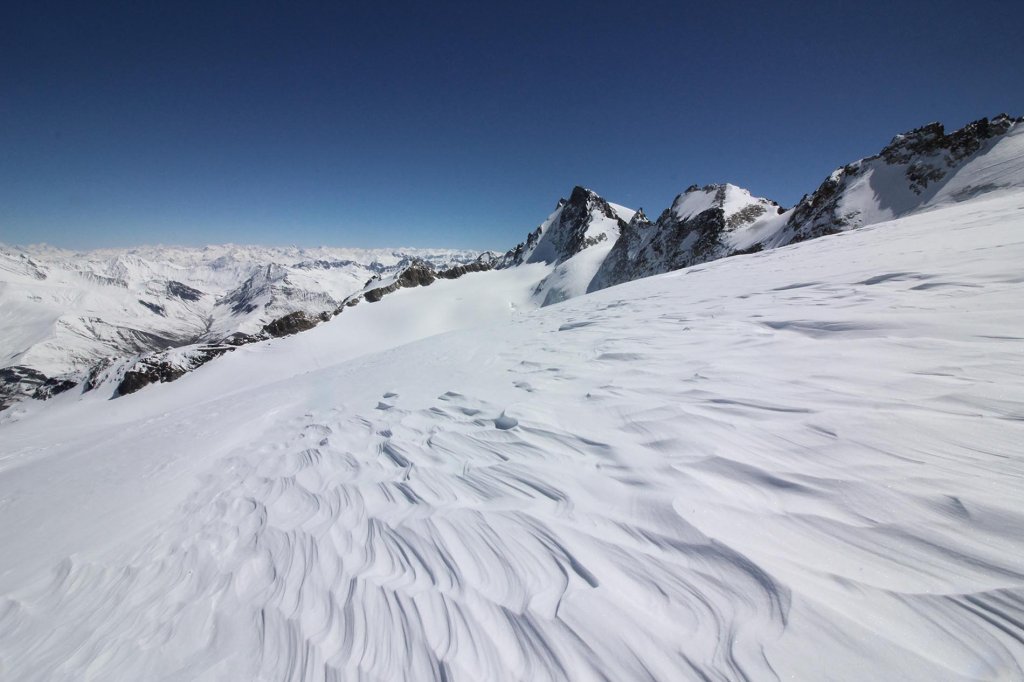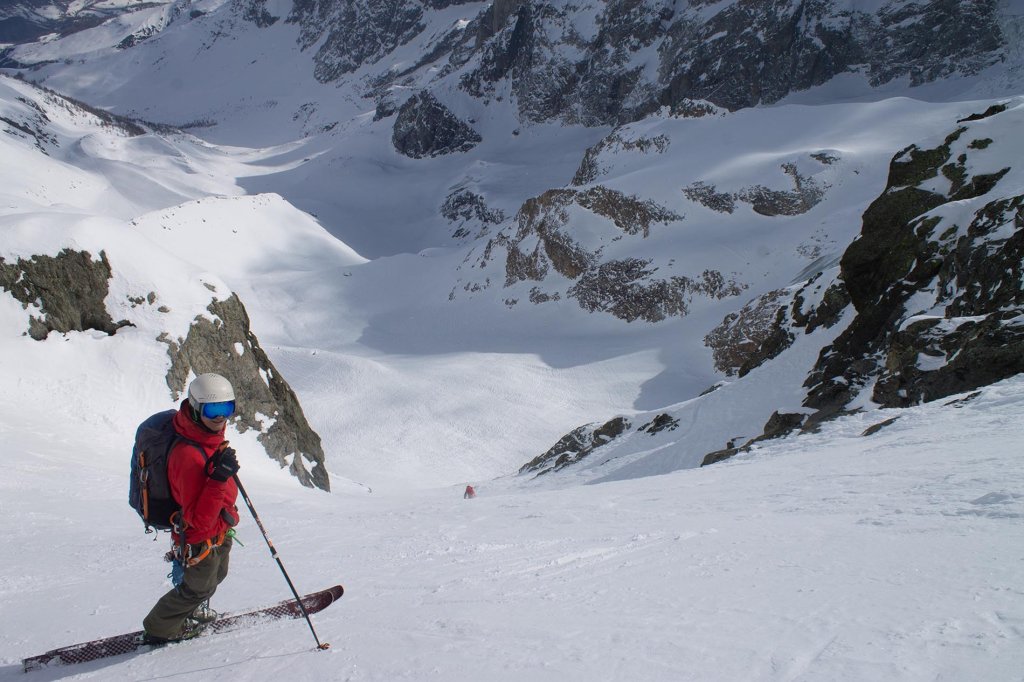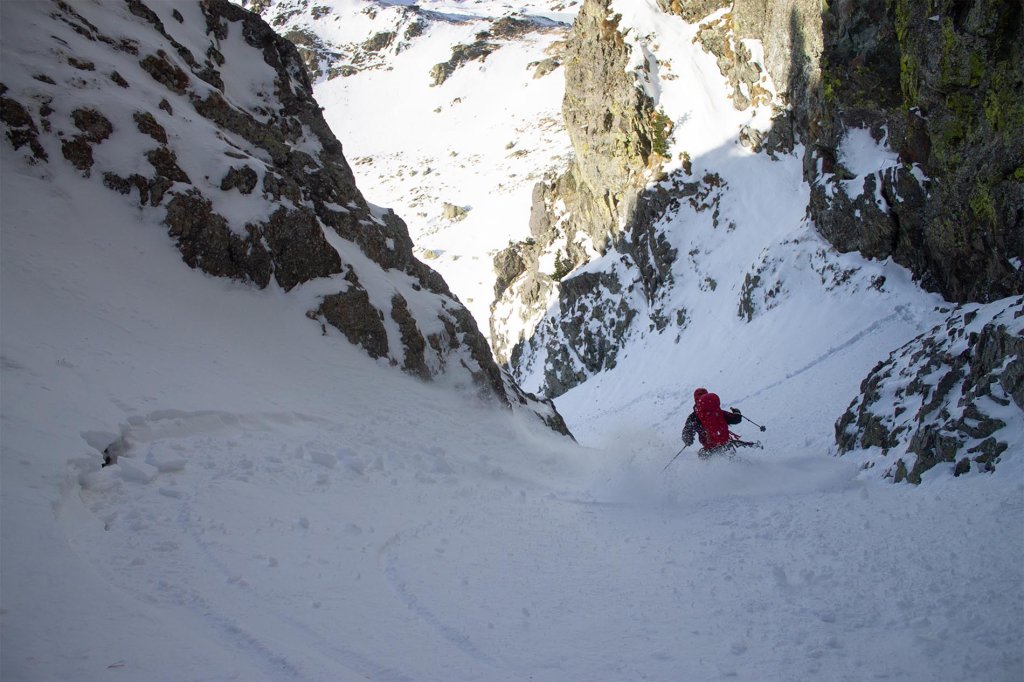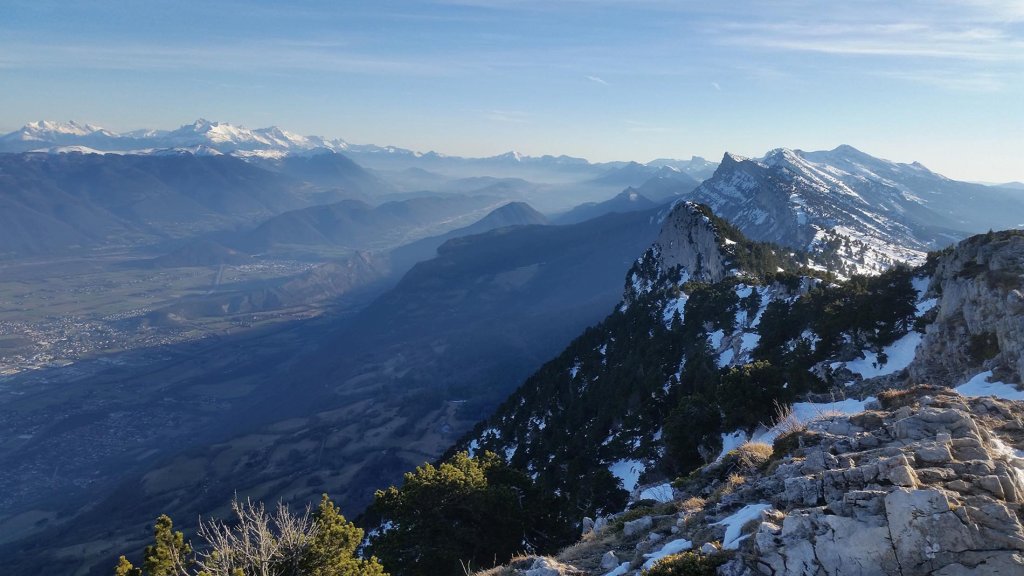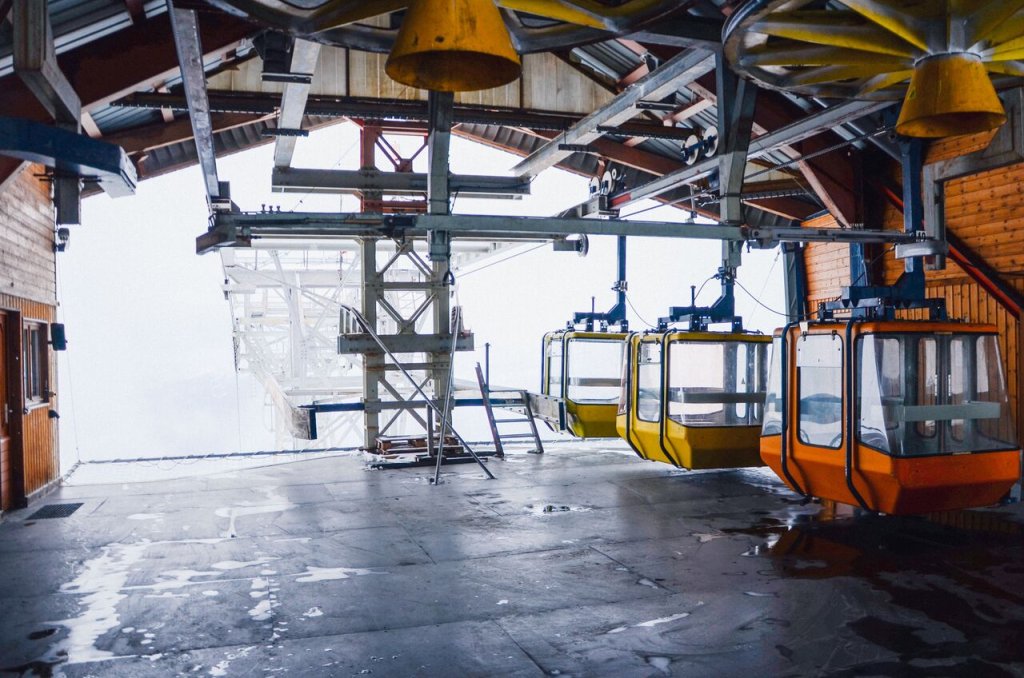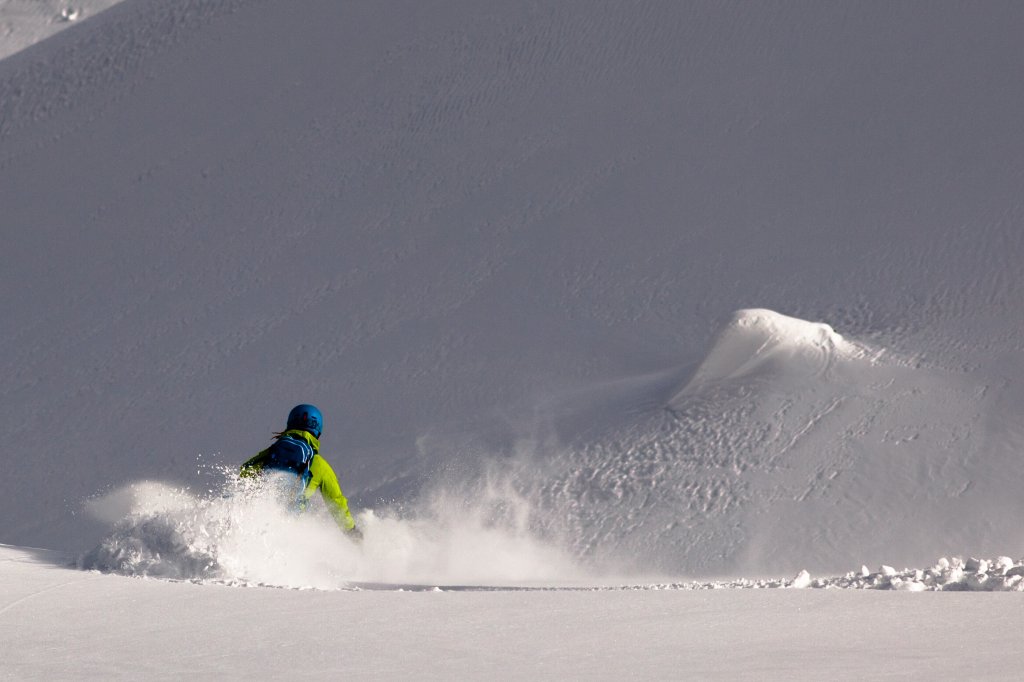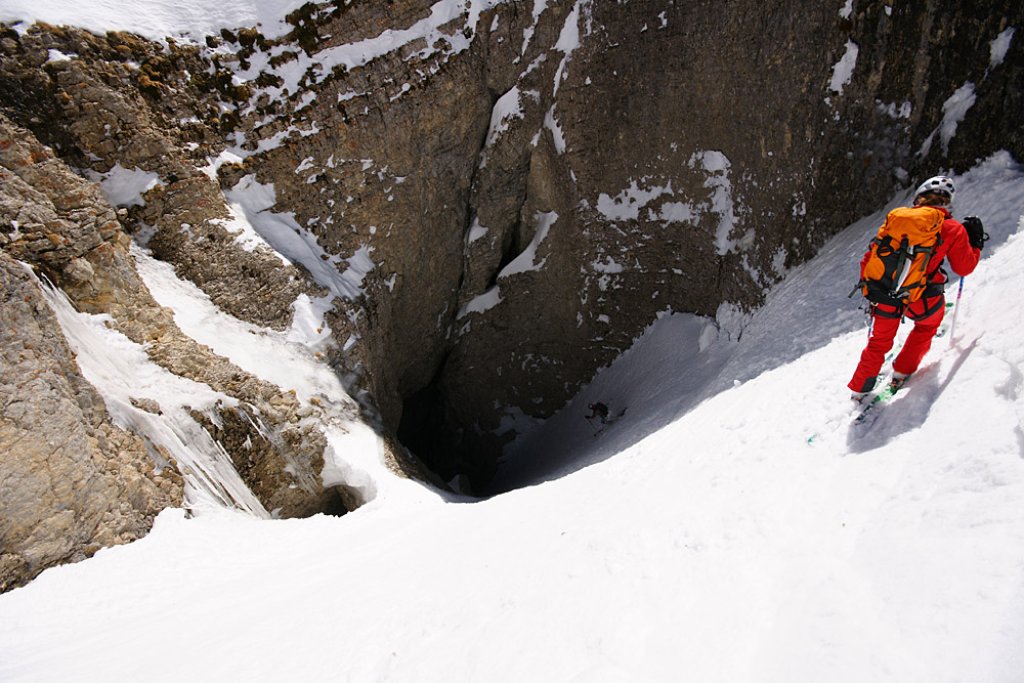After a year with lots of vertical meters, fast descents and friendly French people, I can only recommend paying a visit to the "capital of the Alps".
It was just before Christmas when we were asked to inform the TU Munich of our preferred partner cities. For me, there was actually one main criterion: it had to be close to the mountains. Leafing through the foreign brochure, I noticed New Zealand, Chile and Canada as well as a place that I had already come across once before, in the big PowderGuide book about the best freeride spots in the Alps. My interest was piqued. I asked myself why I should travel far away if I didn't even know the mountains of our nearest neighbors.
In the end, I opted for a concrete-grey town that most of my fellow students had never heard of or assumed was in Switzerland. The ugly duckling of Erasmus destinations, so to speak, as it comes up empty-handed year after year in the allocation of remaining places. At first glance, the largest city in the Alps, located in the high mountains, does not seem to enjoy a good reputation. But why is that? To find out, I packed all the things I would need for a year abroad and headed west.
It was mid-August and I was using the time left until university was due to start for a road trip across the country: heavily laden with winter and water sports equipment of all kinds, I drove along the Atlantic coast to the south of France and then along enchanted mountain roads towards the western Alps. I followed the Route Napoleon past ancient cork oaks and deep blue lakes and marveled at how the lovely Mediterranean landscape increasingly gave way to an alpine backdrop. I knew I was on the right track.
On arrival in Grenoble, I arrived just in time to move into my dormitory. It had been built as part of the 1968 Winter Olympics and was located slightly south of the city in a formerly notorious suburb. In the first few weeks, I discovered the old town with its many bars and cafés and was delighted to discover that I could see the mountains from almost every corner of the city.
The three distinctive mountain ranges that I could see from everywhere were the Vercors in the west, known for its limestone caves, the Chartreuse in the north, famous for its herbal schnapps, and the snow-covered Belledonne in the east. All three areas have their own unique character and offer everything a mountaineer could wish for in the immediate vicinity of the city.
